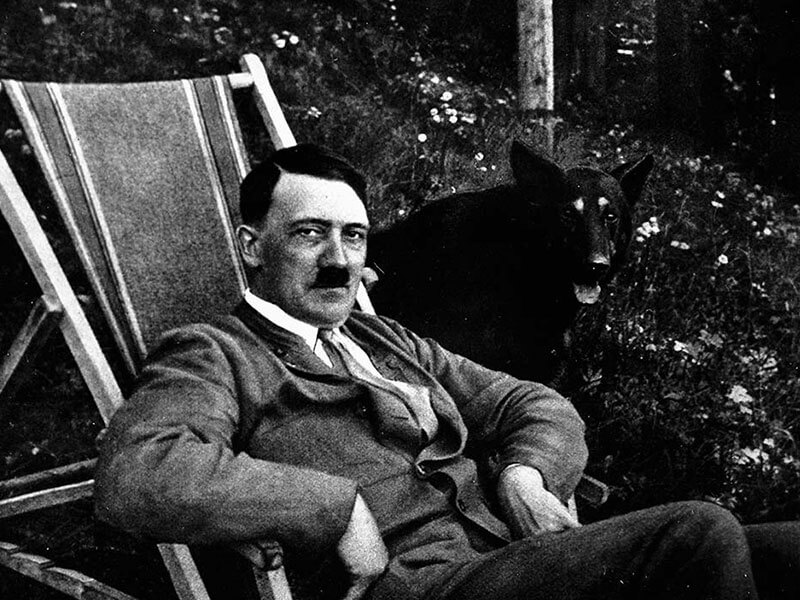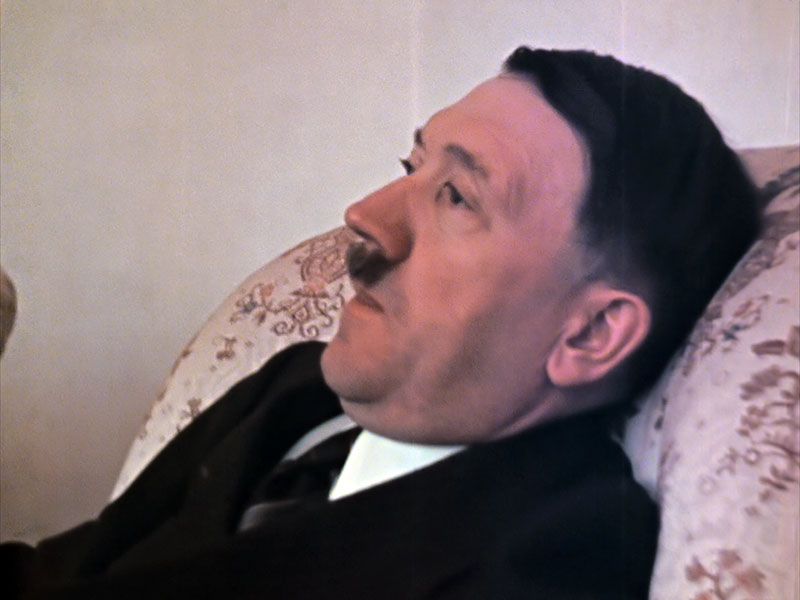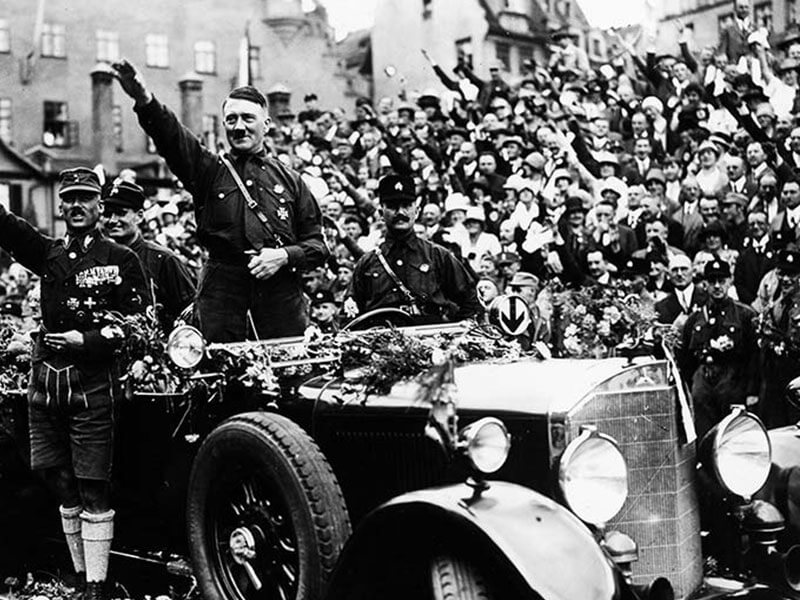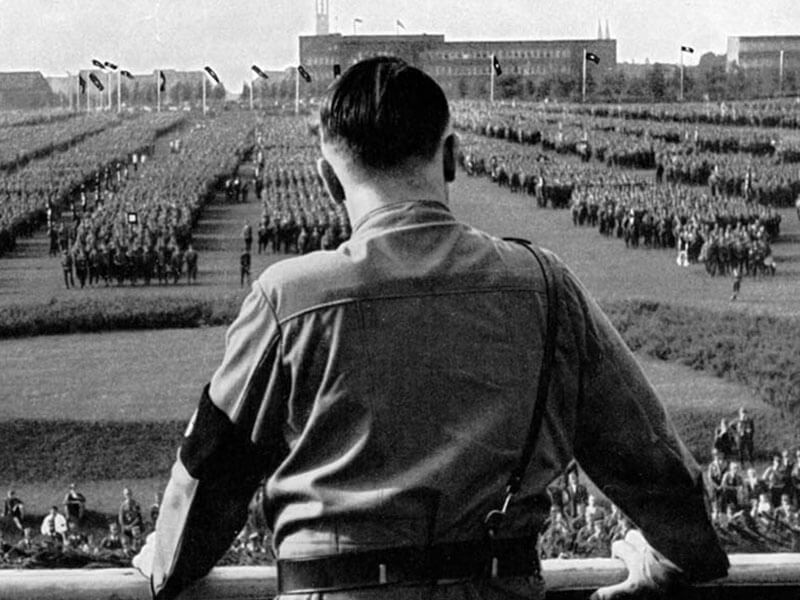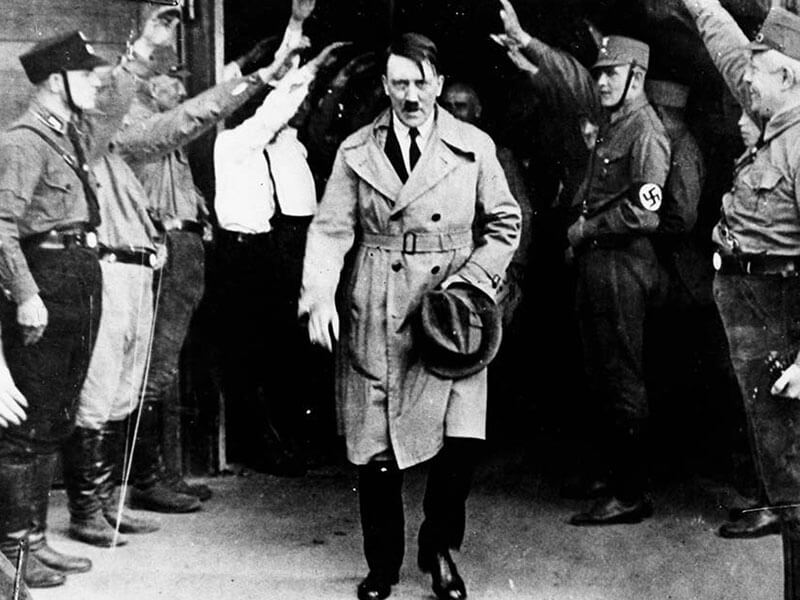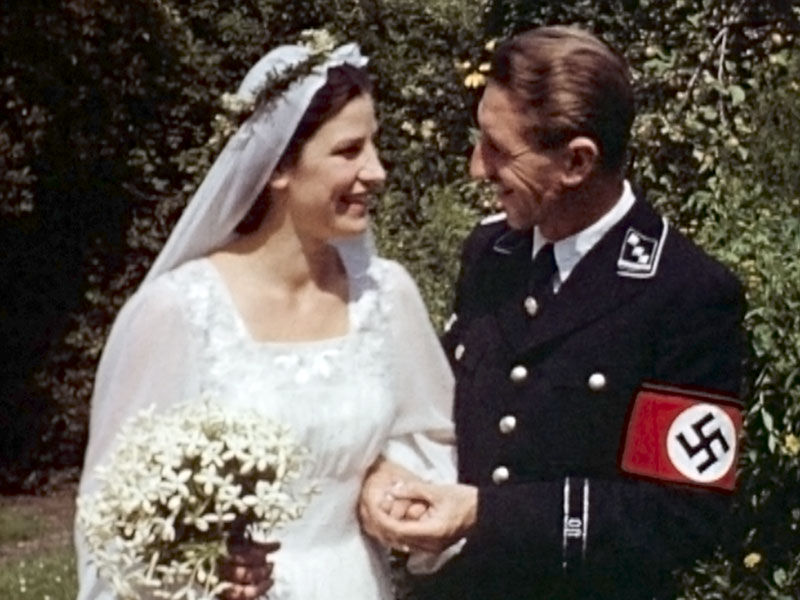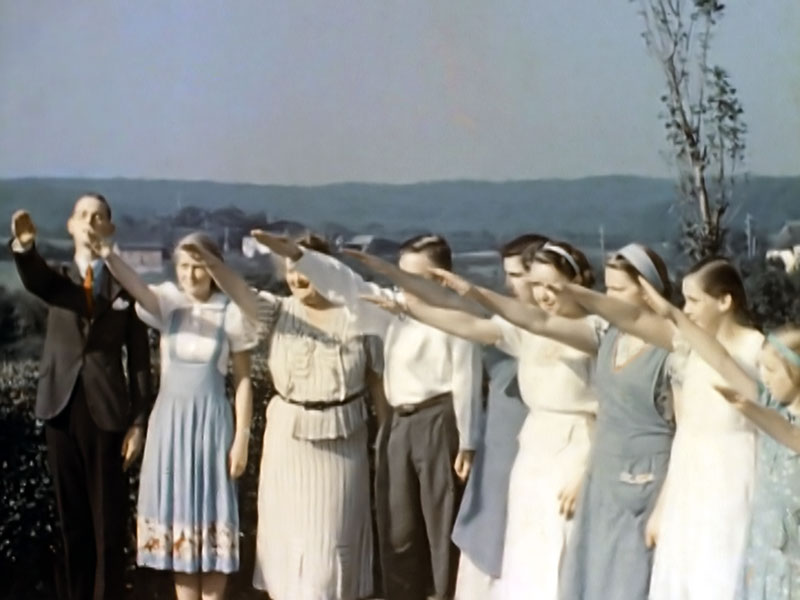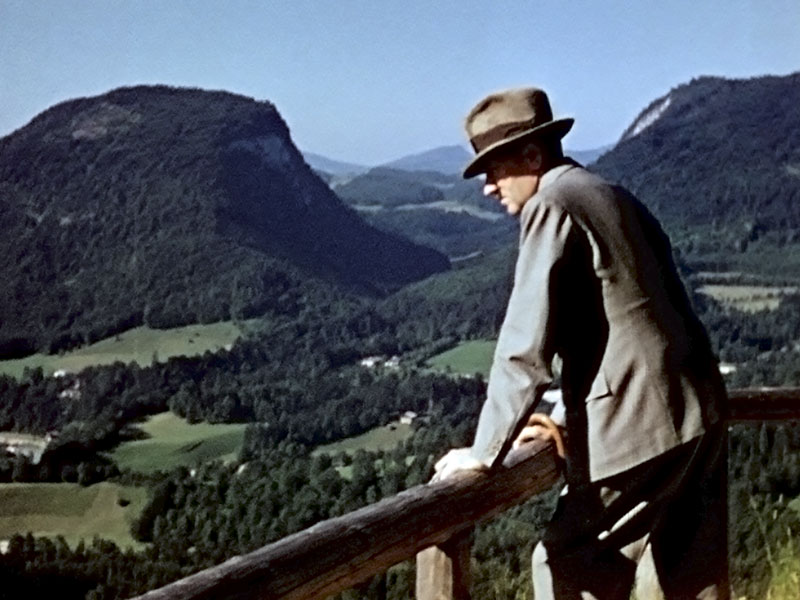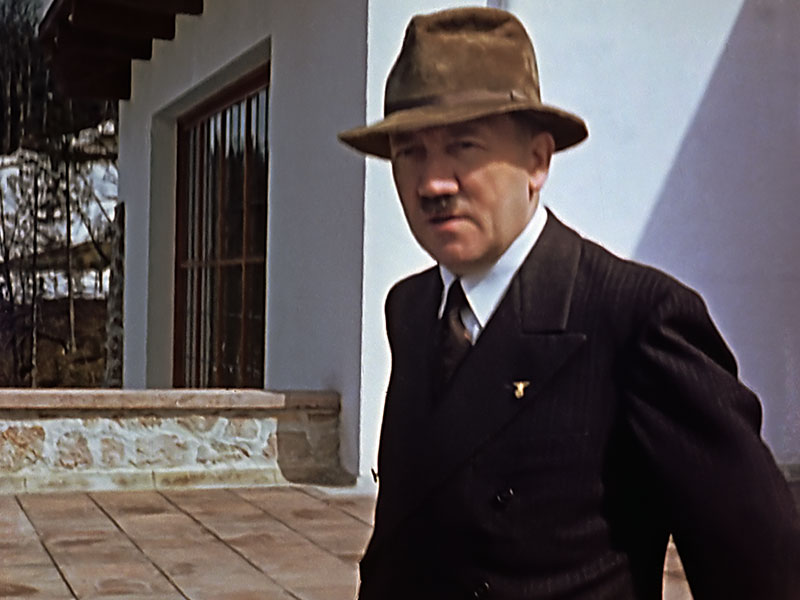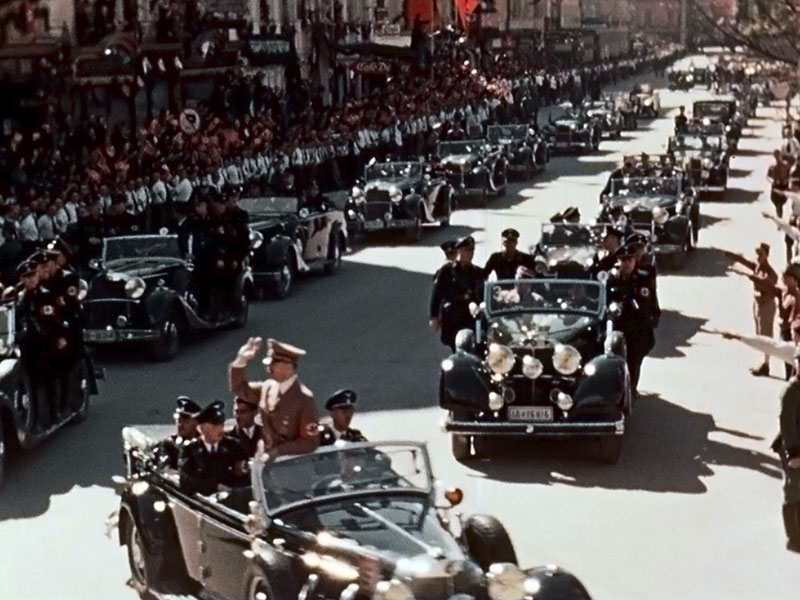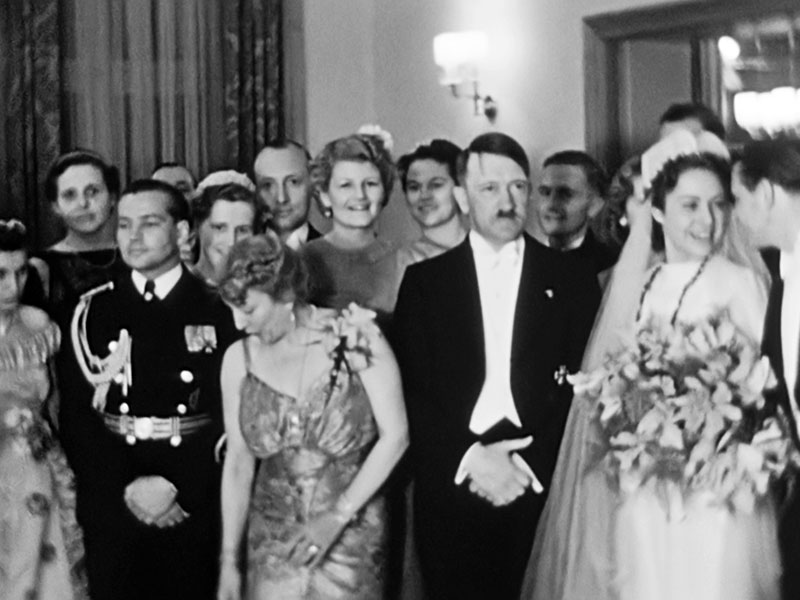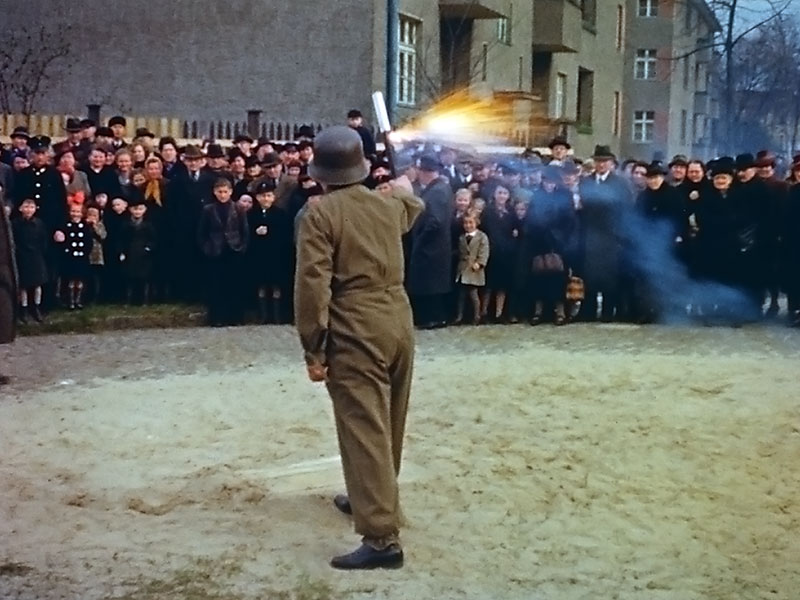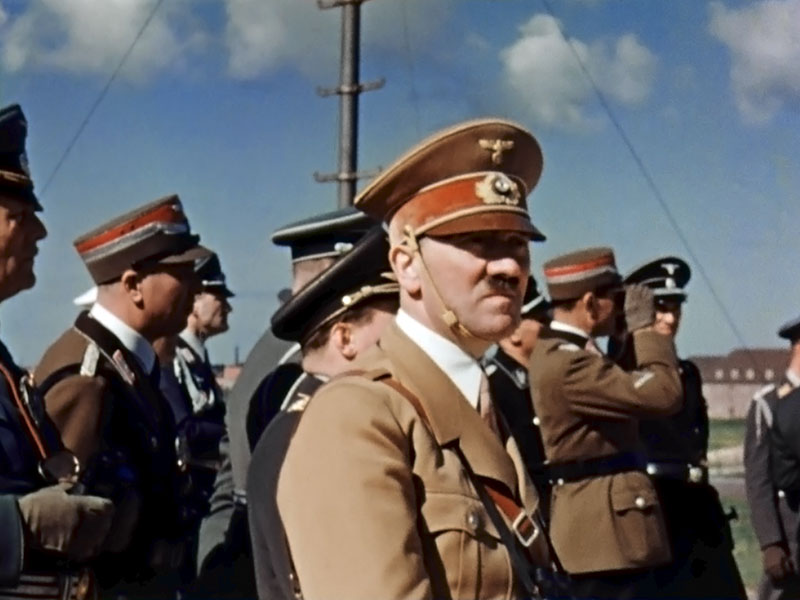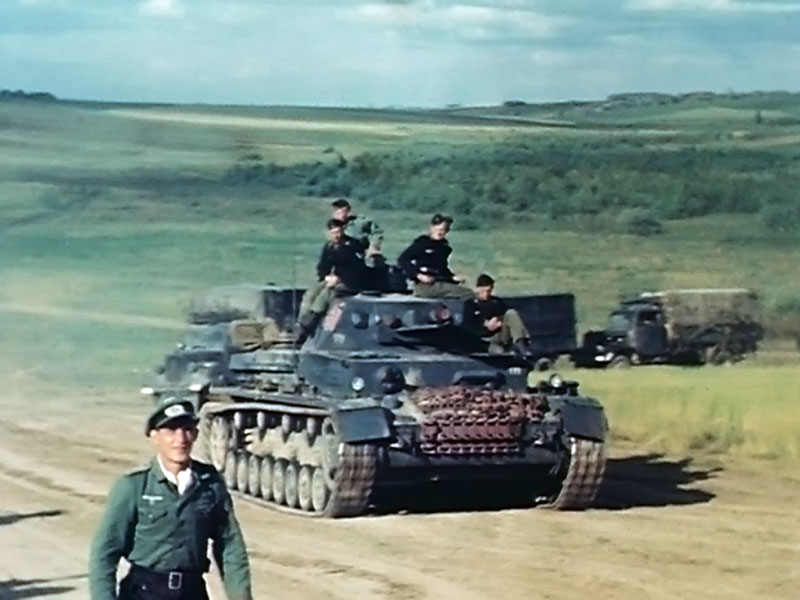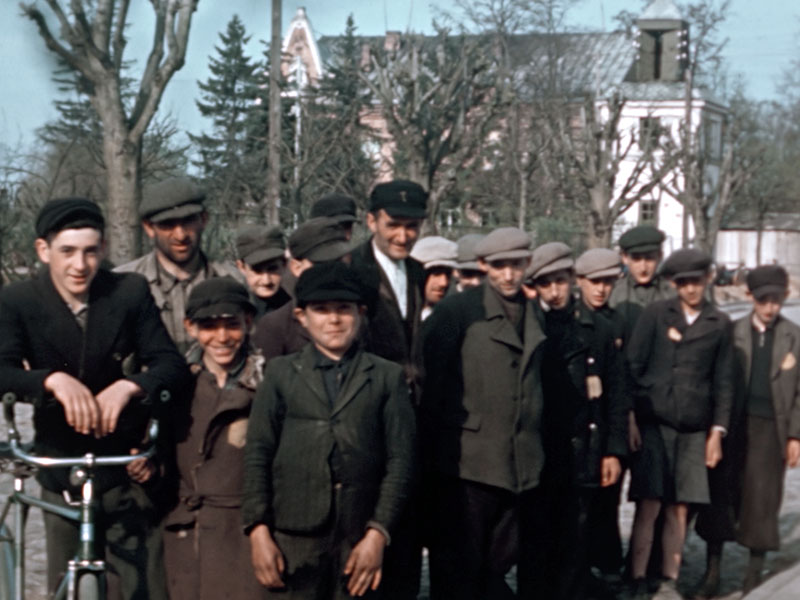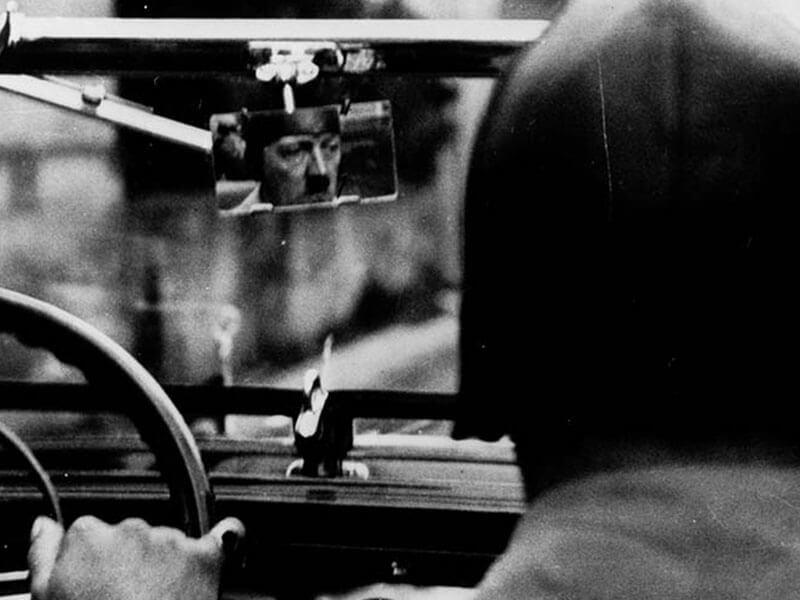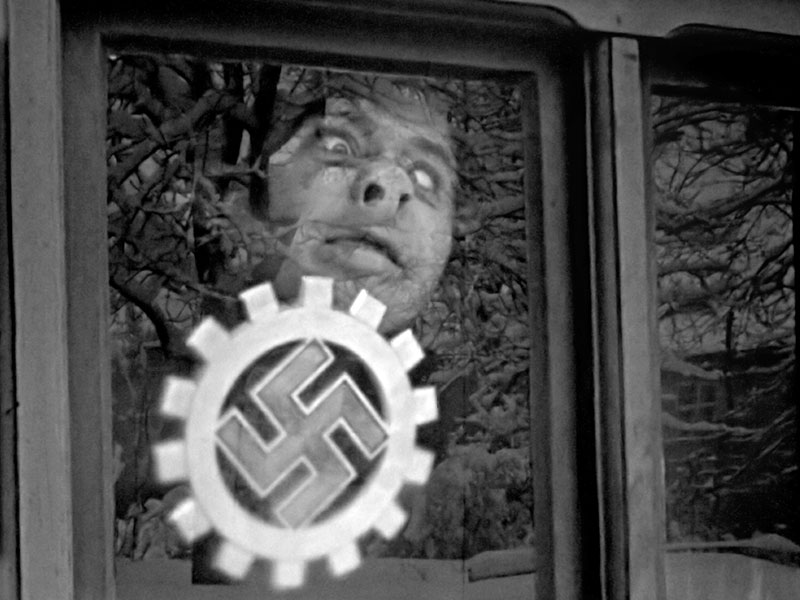A Conquerer
Who was Hitler: Chapter #14, 1941 to 1943
On 21 June 1941, the eve of the attack on the Soviet Union, Adolf Hitler dictates a letter to the Italian dictator Benito Mussolini. The letter is Hitler's official statement about his previously unknown intentions to the ally: "Duce! I am writing this letter to you at a moment when months of anxious deliberation and continuous nerve-racking waiting are ending in the hardest decision of my life. I believe…that I cannot take responsibility for waiting longer, and, above all, I believe there is no other way out of this danger – unless it be further waiting, which, however, would necessarily lead to disaster in this or the next year at the latest."
On 22 June 1941, on a wide front between the Baltic Sea and the Carpathians, Hitler has the Wehrmacht and its ally Romania start a war against the clearly surprised Soviet Union. In the north, the Finnish Republic is also attacking the Soviet Union.
Hitler attacks with three groups of armies. The Northern Army Group has its attention focused on Leningrad, but the movement fails to conquer it in early August 1941. The Wehrmacht is content with starving the civilian population. Leningrad successfully withstands the siege until the Red Army's counteroffensive in early 1944.
The Middle Army Group is the strongest of the three German army groups at the start of the war against the Soviet Union. While the army leadership wishes to focus on conquering Moscow, capturing the capital is not a priority for Hitler. On 19 July 1941, he gives a directive that will weaken the Army Group Centre.
Army Group South moves out of its staging areas from southern Poland, Slovakia, Hungary and Romania towards Dnepr and Kiev and. Once these objectives have been achieved, the group will begin a march into the Donets Basin. After capturing Odessa, some sections penetrate Crimea in October and begin to siege the Black Sea port of Sevastopol. Other sections succeed in taking Kharkov and, for a time, Rostov-on-Don.
During the first months of the war in 1941, more than 600,000 soldiers from the allied states of Finland, Italy, Croatia, Slovakia, Romania and Hungary march eastwards with the Wehrmacht. Their number doubles in 1942, as Hitler then urges his allies to increase their troop contingents. In 1942, he is no longer able to compensate for the losses of the Wehrmacht by recruiting in the "Great German Reich".
On the Libyan-Egyptian border, trench warfare has been going on since April 1941. On 18 November 1941, Commonwealth units under British command bring it to an end with an attack of superior strength. The British attack pushes back the forces gathered together in the Africa Panzer Army -which is suffering from a shortage of supplies - to its initial position at the western edge of the Cyrenaica until the end of 1941. The Africa Corps was able to regain the initiative in January 1942 by means of massive attacks by the German "Luftflotte 2", which had been transferred from the central section of the Eastern Front to North Africa. This is the start of a counterattack. At this time, the front is faltering outside Moscow. The successes in North Africa are great for propaganda back home in Germany.
On 2 December 1941, despite the unfavourable weather conditions, the Wehrmacht almost reaches Moscow. On the evening of 5 December, with temperatures as low as 50 degrees Celsius and a lack of adequate support, Colonel-General Heinz Guderian, Commander of Panzer Group 2 decides to withdraw his troops to defensive positions. The German fourth and third panzer armies are forced to do the same. On 5 December, a Soviet counter-attack begins with fresh troops from Siberia. The German front falters under the onslaught of 100 Soviet divisions.
The commanding generals of the Wehrmacht want to withdraw their troops. Hitler prohibits this – he knows that there are no reserves available and fears that the Red Army could advance to the Reich border. He categorically forbids retreat. Hitler's ban on withdrawal has had a decisive effect on the Wehrmacht’s military performance. The ban stabilises the frontline for a few weeks, even though the troops there are low in numbers and have few weapons, and keeps Wehrmacht's fighting force intact. On 15 January, Hitler then orders a withdrawal to a "winter position" which will be easier to defend. Due to a lack of horses, tractors and fuel, the German troops, which for the most part have to retreat on foot, leave all their heavy equipment behind.
Up until the attack on the Soviet Union, Great Britain and its Commonwealth allies have stood alone in the fight against Hitler's Germany. Fighting takes place in North Africa, at sea, and in a bombing war that increases with intensity month by month over areas dominated by Germany. Even before it enters the war, the American government openly supports Britain – in terms of both politics and materials. However, until December 1941, public opinion in the USA is against a war with Hitler's Germany. Immediately after the German attack on the Soviet Union in June 1941, President Roosevelt also assures Stalin of US military support.
On the 7/8 December 1941, Germany's ally Japan attacks the US military base of Pearl Harbour on Hawaii without warning. More than 2,400 Americans die. The next day, the US Congress declares war on the Empire of Japan with a single dissenting vote - Great Britain and its Commonwealth allies also declare war.
Until the Soviet counteroffensive against Moscow, which began at the same time, Hitler had hoped the American army would keep out of European warfare. During a speech to the Reichstag on 11 December, Hitler announces a declaration of war against the USA. Italy declares war simultaneously. Representatives from the governments of Germany, Italy and Japan also sign an agreement prohibiting governments from negotiating a separate ceasefire or peace agreement with the United States and the United Kingdom. With the declaration of war, Hitler wants to demonstrate Germany's determination to determine the course of the war.
On 26 April 1942, the "Great German Reichstag", which now only consists of Nazis, meets for the last time at 3:00 pm. Due to the war and Hitler's position as leader, commander-in-chief, head of government and supreme court ruler, the sham parliament unanimously grants Hitler total legislative and judiciary power.
On 8 June 1942, Hitler launches a major summer offensive on the Eastern Front. Due to the Wehrmacht's weakening in the winter of 1941/42, the attack is limited to an 800-kilometre-wide front section on the southern part of the front. Hitler wants to conquer the Caucasian oil fields, reach the Caspian Sea and advance to Persia via the Caucasus. Just a few days after the start of the summer offensive, the Army Group South reaches the Don near Voronezh. An attempt by Red Army units to surround the Germans, like the attempts seen in the advances in 1941, fails.
With the conquest of Crimea and the advance to the Caucasus, Hitler's dominion reached its peak in the summer of 1942. The summer offensive in the northern front section of the Army Group South leads to an invasion of Stalingrad at the end of August. The 6th army is unable to drive the Soviet defenders out of the city during fierce battles. Instead of the triumph it had hoped for, the fights lead to catastrophe for the 6th army. A major offensive by the Red Army in mid-November 1942 surprises and surrounds the 6th Army. The Wehrmacht has no reserves available that can be successfully deployed. Hitler forbids the army from retreating. On 31 January and 2 February 1943, the German 6th Army surrenders in Stalingrad.
On 23 October 1942, Commonwealth troops launch a counter-attack in North Africa near El Alamein and penetrate the German line of defence. The Africa Corps retreats against Hitler's orders towards Western Libya. After landings in Morocco and Algeria on 8 and 9 November 1942, more than 100,000 American and British soldiers form a second front behind the German and Italian forces in North Africa, which subsequently falls into a hopeless position.
